新加坡:防疫“典范”的盲点
在疫情初期,新加坡因能够有效控制感染人数一度被世界卫生组织称赞为“防疫典范”。在二月份时,新加坡曾成功将每日新增的感染人数控制在个位数。世卫总干事谭德塞甚至评价新加坡的检测达到”无漏网之鱼“的水平。然而自2020年3月底开始,随着疫情开始大规模爆发,新加坡抗疫的盲点浮出水面:被边缘化的三十万客工(外来劳工)。
In the early days of the COVID-19 crisis, Singapore was held up as a role model for its battle against the coronavirus. In the words of WHO Director-General Tedros Adhanom Ghebreyesus, Singapore’s public health response was “leaving no stone unturned”. By April, however, Singapore’s blind spot became startlingly clear. For all its strengths, Singapore’s government had neglected a community vital, yet peripheral, to Singaporean society - its over 300,000 migrant workers.
新加坡在4月底成为东南亚确诊个案最多的国家。这第二波的爆发主要来源于在拥挤的客工宿舍形成的感染区。(详见新加坡单日新增首次破百;新增198,累计突破2000 | 客工群体面临爆发危险)
许多新闻社论评价称新加坡在疫情初期对客工这一群体的忽视是这次群体性爆发的主要原因。(例如:因忽视抗疫盲点 新加坡付出高昂代价)
路透网的数据显示,截至5月17日,客工宿舍的确诊人数达到25,525人,占总确诊人数的90%。
Singapore was soon struggling to contain an infection spread centred around foreign worker dormitories. After reporting single-digit numbers daily in February, by April Singapore had the highest number of reported COVID-19 infections in Southeast Asia. By May 17, Reuters reported that the number of confirmed cases in foreign worker dormitories had reached 25,535 - 90% of the total.
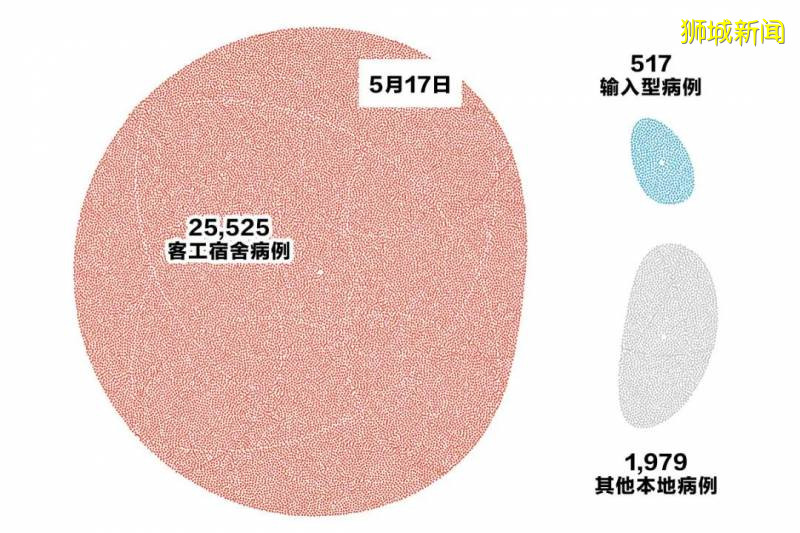
图表来自路透社
为了控制客工宿舍感染的扩大,新加坡政府于四月初成立专门工作小组,旨在加强客工宿舍的防疫措施。采取的措施包括大批量的检测(每天3千人),将感染区隔离,以及疏散健康的客工、为他们安排一些更加宽敞的居住场所。然而在这样的措施之下,客工群体的新增确诊人数仍居高不下。截至7月18日,客工宿舍的确诊人数达到44,719,占总确诊人数的94%。(详见累计47655|部长提示谨防疫情反扑)
不过检测的普及度也是这个数字背后的原因之一。7月14日,新加坡卫生部称已完成21万人次的客工宿舍人员检测,占客工宿舍人员总数的三分之二。并预计于8月中旬完成全部客工宿舍人员的检测。
In early April, Singapore’s government formed an inter-agency task force to, in the words of Prime Minister Lee Hsien Loong, “handle the situation in the dorms”. The task force set up medical facilities and triage clinics, provided food and WiFi for workers stuck in dormitories, isolated infected patients in specially designated facilities, and conducted large-scale testing of up to 3000 persons per day. The high testing rate is undoubtedly a factor, but case numbers in foreign worker dormitories continued to soar. As of 18 July 2020, Singapore has recorded 47,655 cases in a country of about 5.8 million, with 44,906 cases, or 94%, detected in foreign worker dormitories.
新加坡军医在客工宿舍建立的检测点为一名客工进行检测(图片来自网络)
Here, Army Medical Services personnel attend to a foreign worker at a medical facility set up within the dormitories.
背景聚焦
“客工”或“外籍劳工”这个群体因新加坡疫情的二次爆发而受到关注,只是这个关注来得有点晚。客工指的是哪些人?他们为什么来新加坡?他们的生活是什么样的?这个星期,我们聚焦新加坡客工面临的问题和挑战。
Singapore’s wave of COVID-19 infections has finally drawn the country’s attention to the plight of its migrant labor population, catalysing much-needed reflection from Singapore’s government and its citizens. But who are Singapore’s migrant workers? Why are they needed? How do they live? This week, we spotlight these migrant workers and the myriad challenges they face.
图片来自网络
新加坡的客工是谁?
Who Are Singapore’s Migrant Workers?
新加坡客工一般指来自印度、孟加拉国或者中国的低收入工人,他们通过申请工作准证(work permit)来到新加坡,大多从事建筑和保洁相关的“脏、累、险”工作,又被称为“3D(dirty, dangerous or difficult)”工作。和颁发给所谓高端人才的工作签证(work visa)不同,工作准证是专门为从事对技能要求较低的“低端”劳动力设置的,而且对持证者的限制更多:他们不可以带家人一起来新加坡,只能通过企业申请工作准证,且在持证期间不能变更工作。因为不能更换工作,雇主若无理剥削,客工也无从伸冤。在这样不平等的制度之下,客工这一群体在新加坡社会的边缘化也不足为奇了。
In Singapore, the term “migrant worker” refers to low-wage laborers who hail largely from India, Bangladesh, and China. They hold Work Permits, a visa category that affords fewer privileges than the work visas given to highly skilled “expatriates”. Work Permit holders are, for example, not allowed to bring family with them to Singapore or to switch jobs, which leaves them vulnerable to abuse and exploitation by their employers. Most of them work in construction or public sanitation, jobs that most Singaporeans characterize as “3D” (dirty, dangerous or difficult). Due to the structural inequalities built into this employment system, migrant workers tend to lead a marginalized existence in Singaporean society.
数据来源:新加坡政府于2019年12月公开的信息
新加坡为什么需要客工?
Why Does Singapore Rely on Migrant Workers?
新加坡对客工的需求主要来自这两个原因:人口问题和劳动力结构的变化。近20年内,新加坡生育率不断减少,目前已降至1.16%,是全球生育率最低的国家之一。因此本地人口已不足以支撑新加坡经济的发展。再加上本地人大多接受了良好的教育,对工作比较挑剔,择业时往往会将“3D工作”排除在外。而帮助新加坡填补这些行业的劳动力缺口的正是客工。换句话说,新加坡向以知识密集型高科技产业和服务业为主导的“知识型经济(knowledge-based economy)”的转型,完全离不开客工。新加坡贸易和工业部2004年的一份研究指出,在1992-1997年新加坡经济以年平均9.7%的增长率快速发展的时期,客工对经济增长的贡献高达29.3%。这个数据或许有些过时,但依然直观地展示了客工对新加坡的贡献。
Singapore’s demand for migrant workers is largely fueled by two key drivers: a shrinking domestic population and a local aversion to so-called “3D” jobs. Singapore’s fertility rate has been falling for the past 20 years, and at 1.16% registers as one of the lowest in the world. This has caused Singapore’s already-limited population to shrink, resulting in more job openings than the local population is able to fill alone. Singapore’s economy thus relies heavily on migrant labor, particularly for “3D jobs” that most Singaporeans would refuse to consider. But while jobs in the construction or public sanitation sectors are generally seen as undesirable by Singaporeans, they nevertheless constitute essential functions that support Singapore’s economy. For example, a 2004 survey by the Ministry of Trade and Industry found that between 1992 and 1994, migrant workers’ contribution to Singapore economic growth was almost 30%.
客工在新加坡的境遇如何?
How Are Migrant Workers Treated?
尽管新加坡3D问题的解决以及经济发展都离不开客工,他们的贡献并未得到社会的认可,客工群体与本地的社群之间仍然存在巨大的鸿沟。很多新加坡人还是有仇外心理,认为客工占用了本国人的经济资源。对客工的不满甚至在2011年成为政府选举的主要政治议题,使得政府对客工设置了更多的限制。时至今日,新加坡人对客工仍然抱有敌意:尽管有70%的新加坡人意识到国内存在劳动力短缺的问题,只有四分之一的人认可客工对国内经济发展的重要性。
Despite Singapore’s reliance on migrant workers, their relationship with the Singaporean community is tenuous, marred by racism and xenophobia. Discontent with the influx of low-wage migrant laborers was a key issue in the country’s 2011 general election, causing the government to tighten its immigration and foreign labor policies. Even today, Singaporeans are still not open to migrant labor: surveys show that just one in four Singaporeans says there is a need for migrant workers, even though seven in ten agree that there is a labor shortage.
由于无法融入当地社群,客工始终生活在社会的边缘。2013年12月,新加坡发生了40年来首起客工骚乱事件。骚乱的起因是一名印度籍客工被一辆私人巴士撞倒身亡。这起事故引发了涉及300多名客工的骚乱,进一步激化本地社群对客工的偏见。
Migrant workers do not just face social ostracization - they also live on the physical periphery of the local community. Unfounded concerns about the safety of the elderly, the young, and property devaluation fueled a “not in my backyard” mentality that kept workers on the periphery of local residential estates.
2013年客工骚乱(图片来自网络)
受事件影响,新加坡政府采取了为客工建造宿舍的措施。2014年的政府文件中甚至有“如在宿舍附近设立价格合理的日用品店,客工就可以不需要离开宿舍区域、进入本地居民区(去购买生活用品)”这样的记录。似乎认为只要把客工和本地社群分得够开,冲突就会减少。很多社会组织和医疗专家都曾对这个治标不治本的计划提出异议,指出人员密集的宿舍将成为传染病的温床——而七年后的今天,担忧变成了现实。
In December 2013, the government ordered the construction of additional worker dormitories after some 300 migrant workers rioted following the death of a fellow worker in a bus accident (the first instance of such unrest in 40 years). Neighborhood residents subsequently decried the behavior of migrant workers living in the area, prompting the government to build dormitories with more attached facilities so that workers would not have to venture into areas where Singaporeans live. “Dormitory-based provision shops, especially if reasonably priced, could also encourage some workers to stay at their dormitory rather than travel out to a congregation area,” said a 2014 investigative committee report. Now, seven years later, these dormitories have become epicenters of Singapore’s COVID-19 crisis, validating early - and unheeded - warnings from NGOs and healthcare experts that they can easily become hotbeds of transmission.
客工的宿舍生活?
How Do Migrant Workers Live?
在新加坡,大约三十万名客工都住在宿舍里,一部分是专为他们设置的宿舍,还有一些是工地上的临时宿舍。宿舍条件十分恶劣,空间小、不通风,而一般都会有十几名客工挤在这样的房间里。由于宿舍里没有配套厨房,客工们也没有时间做饭,他们通常会买盒饭吃——工资的四分之一换来的是缺乏营养和卫生安全保障的饮食。辛苦而危险的工作加上糟糕的居住条件——几乎令人难以想像在新加坡这样一个发达的国家,还有人过着这样的生活。
Approximately 300,000 migrant workers are split between Singapore’s 43 mega-dormitories, 1,200 factory-converted dormitories, and temporary living quarters on construction sites. Their rooms—which often house over ten people—are sometimes unsanitary and poorly ventilated. With neither kitchens nor time to cook, migrant workers pay a substantial amount of their salaries for catered food that is often spoiled and lacking in nutrients.
客工宿舍(图片来自网络)
值得庆幸的是,在疫情之下,客工面临的这些问题终于开始受到重视,并且逐步得到改善。政府承认了自己的疏忽,越来越多的新加坡人也开始了解客工,并为他们的权益行动了起来。当然,偏见仍然存在。4月13日联合早报(新加坡的主要中文报纸之一)上的一篇社论仍然将疫情的二次爆发归咎于客工们不良的卫生习惯和生活习性。这篇文章随即引起了轩然大波,新加坡内政部部长也直接站出来批评这种充满偏见的言论。这样强烈的社会反响体现出舆论的转变:新加坡的主流社会已经不能接受狭隘的仇外心理。当然,舆论变化是否能够带来切实的行动仍然有待观察。
Nevertheless, with greater social awareness and media coverage of their plight, the situation for migrant workers has started to improve. The government has acknowledged its initial oversight, and many sympathetic Singaporeans have been galvanized to help. Of course, prejudice still exists: for example, an April 13 letter to the Editor published in Zaobao, Singapore’s most popular Chinese-language daily newspaper, blamed the COVID-19 outbreak on migrant workers’ personal hygiene and cultural habits. However, the storm of criticism this incited, including comments from Minister for Home Affairs and Law K. Shanmugam, suggests that mainstream opinion no longer tolerates such xenophobia. Sentiment on the ground does indeed appear to be shifting, although whether this will last beyond the current crisis remains to be seen.
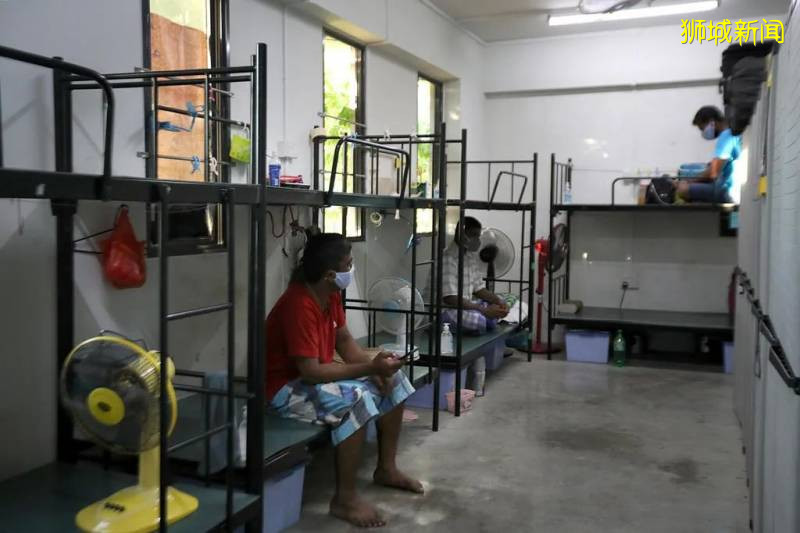
原本8人一间的客工宿舍,由于疫情改为3人一间(图片来自网络)
部分客工被疏散至更为宽敞的居住场所,例如图中的军营(图片来自网络)
客工,不单单是新加坡的问题
A Worldwide Problem
这次的疫情不仅给新加坡人上了重要的一课,也给其他许多存在客工问题的社会带来了巨大的影响。在德国,东欧劳工工作的屠宰场由于卫生条件差和拥挤导致了上百人的疫情爆发(例:德国600多名屠宰场工人确诊);在泰国,许多来自缅甸、老挝和柬埔寨的客工因疫情丢了工作又回不了家,陷入进退维谷的境地(例:泰国外籍劳工怎么办?);沙特和阿联则直接遣返了大量来自埃塞俄比亚的劳工(例:埃塞政府不再向中东的埃塞公民分发现金援助)。对于客工而言,他们既得不到外国政府的福利保障,也无法指望自己的国家能成为疫情之下的避风港;面对疫情,他们没有工作、没有补助、没有社会的关心,孤立无援,束手无策。
Looking beyond Singapore, the COVID-19 pandemic has highlighted the plight of low-wage migrants around the world, many of whom lack basic rights, healthy living conditions, and access to quality healthcare. In Germany, cramped, squalid living quarters and overcrowded buses used to ferry workers might have contributed to the infection of hundreds of Eastern Europeans working in abattoirs. Countries like Saudi Arabia and the United Arab Emirates have deported Ethiopian workers by the thousands over COVID-19 concerns. In Thailand, thousands of migrant workers from neighboring Myanmar, Laos, and Cambodia found themselves stranded without employment or aid when the government closed all of its borders to inbound and outbound travel. Because most social welfare measures are linked to permanent places of residence, migrant workers could not access aid to purchase daily necessities. With no work or food, thousands walked home - sometimes more than 1000km. Many died of heat, hunger, fatigue, or road accidents.

图片来自网络
客工的问题同时也折射出了全球化的双面性。客工现象是人力资本在全球化浪潮中重新配置的表现之一,这一群体为各国的经济增长作出了巨大贡献,却并没有享受到与其贡献匹配的回报。客工遭遇的困境以及疫情的蔓延这类全球性挑战对各国在全球化时代的治理提出了新的要求。希望这次疫情所激起的社会关注不会随着时间又一次消失殆尽,也希望这种关注能够促进社会各界加强对客工这一群体的了解和重视,促使决策者制定更加公平的劳工政策。
The migrant worker crisis also reflects globalization’s double-faced nature. The very existence of the migrant worker phenomenon is itself a result of the global redistribution of human capital, which has created communities that have made extraordinary contributions to the economic development of each country they appear in. However, many have not managed to reap the rewards of their sacrifices. The plight of migrant workers and the spread of the COVID-19 pandemic are interconnected global challenges that present new governance issues for all countries. We can only hope that the collective attention the pandemic has drawn to migrant worker communities will outlast the current crisis, and will result in a renewed commitment to ensure equitable treatment for those who build and maintain the very foundation that cities like Singapore stand upon.






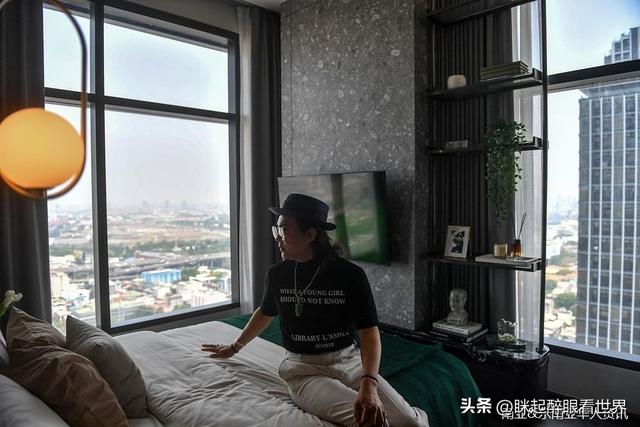
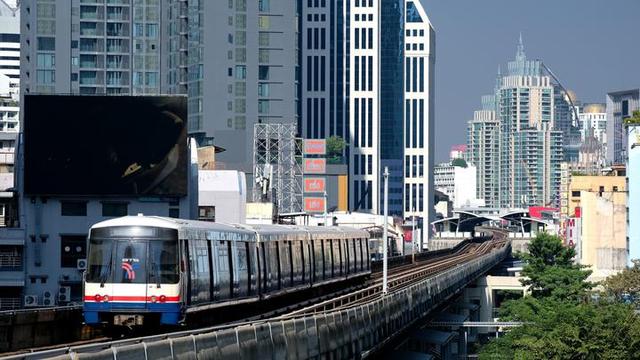




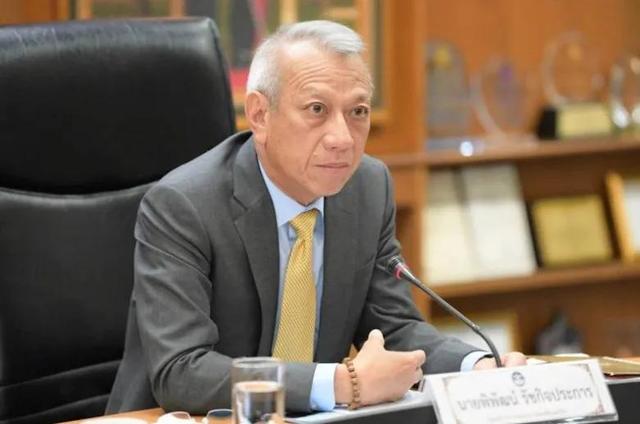










评论